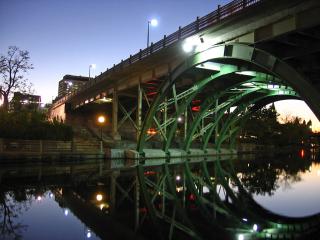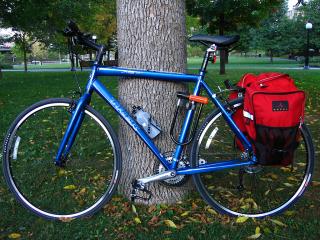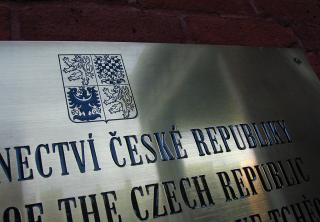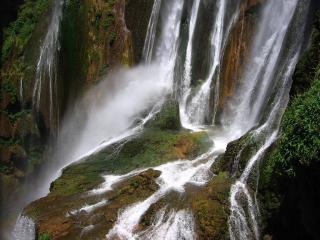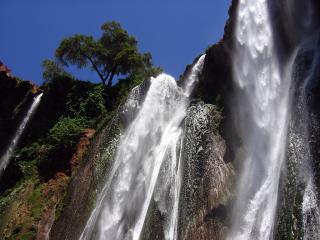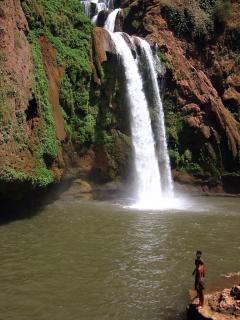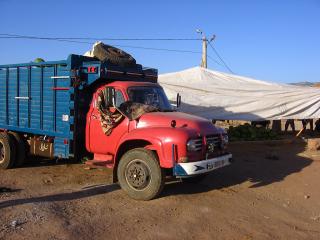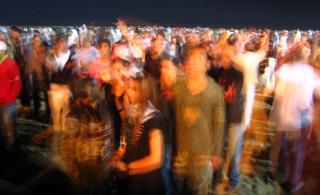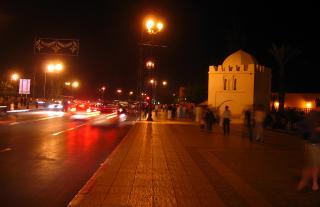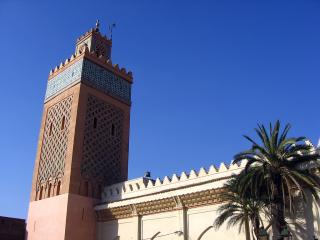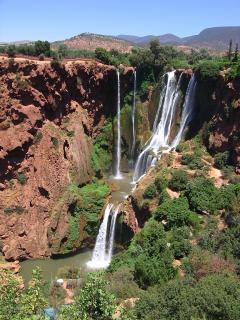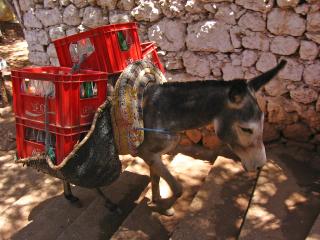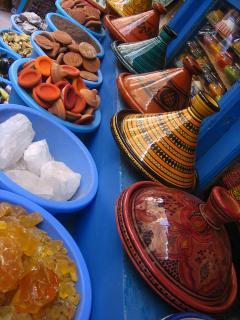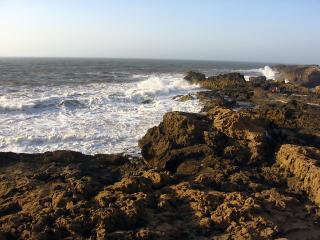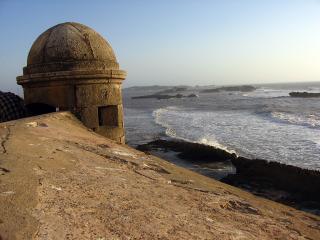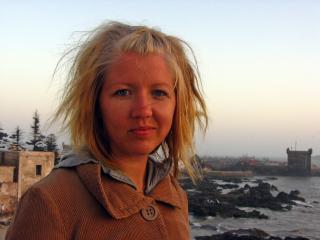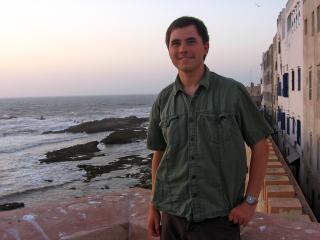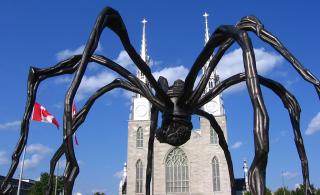
Air travel is one of the trickiest ethical issues, when it comes to climate change. In most situations, the difference between a high carbon option and a zero carbon alternative is essentially a matter of cost. If we are willing to spend enough, we can replace all fossil fuel power with renewables. We can get electricity, heat, ground transport, and energy for industry from sources that do not contribute to climate change. Air travel is different. Even for one million dollars a ticket, there is no way to get someone from New York to London in about eight hours that does not release greenhouse gases. Likewise, there is no feasible way to capture those gases for later storage.
Let’s consider a series of propositions:
- Climatic science strongly suggests that allowing global greenhouse gas concentrations to rise beyond 500-550 ppm of carbon dioxide equivalent will have very adverse affects. These will be concentrated in the poorest states. It is highly likely that exceeding these limits will directly lead to large numbers of deaths, especially in the developing world. (See: these Stern notes)
- At present, per-capita emissions in developed states are far higher than those in developing states. Canada’s emissions per-capita are about twenty times those in India.
- Essential human activities, from heating to agriculture, produce greenhouse gasses.
- People have equivalent moral claims to the basic requirements of survival.
If we accept these claims, we find ourselves in a tricky spot. To stabilize the level of a stock, you need to reach the point where inflows are equal to outflows. Even if we ignore how global warming is reducing the ability of the forests and seas to absorb carbon dioxide, it is clear that such stabilization requires deep cuts in total emissions. At the same time, taking the last two points seriously means acknowledging that developing states do have the right to comparable per-capita emissions. As such, the only option that is fair and capable of stabilizing overall concentrations requires very deep cuts in developed states.
Aside from being inextricably linked to fossil fuels, modern air travel compounds the harm done by the burning of that kerosene. This is partly because of where in the atmosphere it is deposited. It also seems likely that jet aircraft affect clouds in ways that increase their impact on climate change.
Imagining a world stabilized at 500 ppm, with reasonably similar per-capita emissions for all states, it seems quite impossible that there can be air travel at anything like contemporary levels. It is possible that some miracle technology will allow high-speed flights to occur without significant greenhouse gas consequences, but no such technology is even within the realm of imagination today.
As someone who has long aspired to travel the world, this is a very difficult conclusion to reach. It now seems possible that air travel bears some moral similarities to slavery. Before people become overly agitated about the comparison, allow me to explain. Just as slavery was once a critical component of some economies, air travel is essential to the present world economy. Of course, economic dependency does not equate to moral acceptability. If our use of air travel imperils future generations – and we are capable of anticipating that harm – then flying falls into the general moral category of intentional harm directed against the defenceless. After all, future generations are the very definition of helplessness, in comparison to us. We can worsen their prospects by fouling the air and turning the seas to acid, but they will never be able to retaliate in any way. (See: these Shue notes)
While I personally fervently hope that some solution will be found that can make continued air travel compatible with the ethical treatment of the planet, nature, and future generations, I must also acknowledge the possibility that people in fifty or one hundred years will look upon us as sharing some moral similarities with plantation owners in the United States, prior to the civil war.

